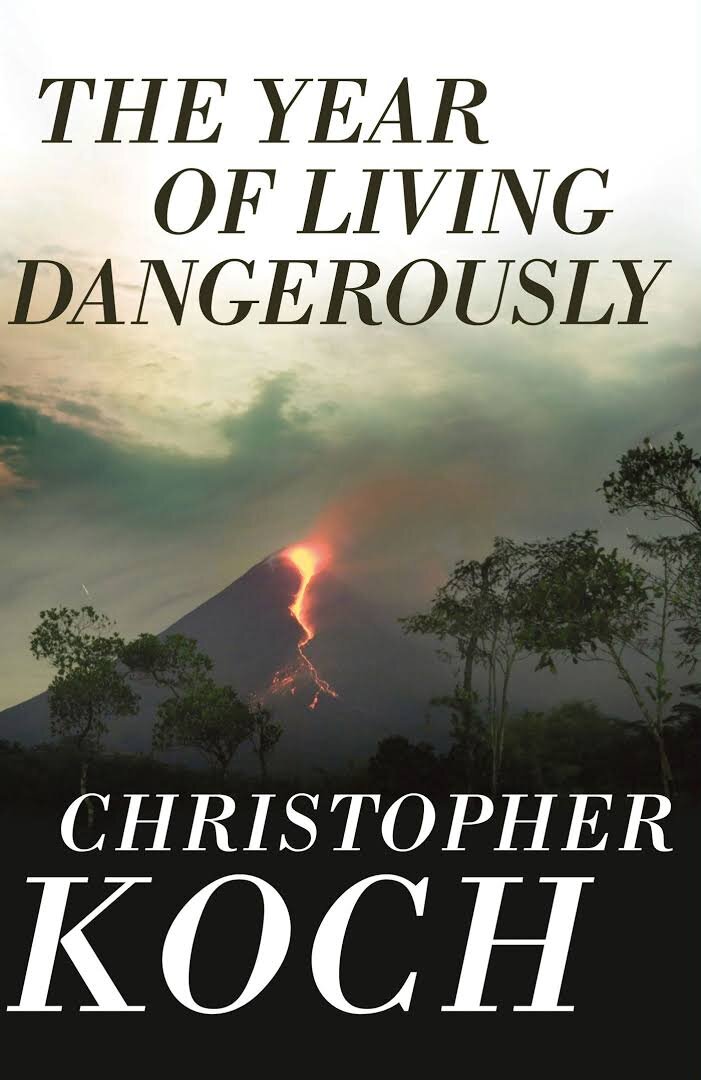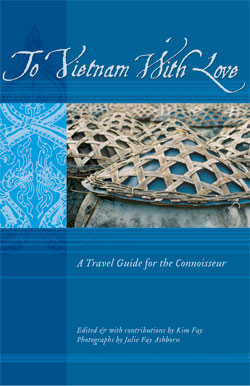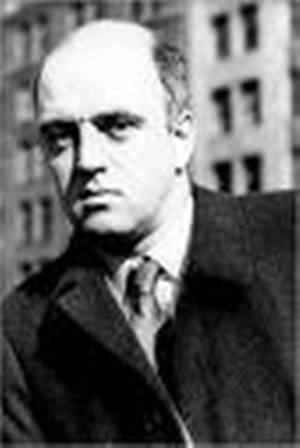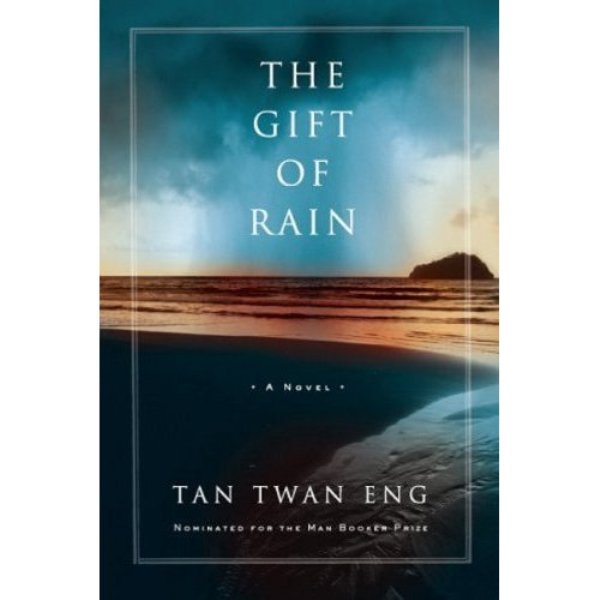Highways to a War by Christopher J. Koch (Minerva)
What leads people to that spot on earth that forever claims them? How are people drawn from one obscure corner of the world to another that absorbs them so completely that they become consumed by it? How do a time and a place intertwine to become so powerful that decades later they are still conjoined?
Saigon, Phnom Penh, 1965-1975-- two cities that flourished and floundered and fell in the same decade, and thirty years later, certain music and flavors and shades of light can bring these years and these places together again, dancing and dying in the memories of those who had been there.
Once upon a time, a boy from Tasmania came to Singapore with a camera, a tape recorder, enough money to live on for a month, and fell into Asia, its "wave of smells" and "sun which pours over him like a thick and scalding soup." He watched it all through his camera, he began to starve, his money dwindled. Sick and delirious, he was inexplicably rescued by a man obsessed with history and with a ravenous appetite for details from the present. "You'll show your appreciation eventually...," the boy was told, "There's a quid pro quo for everything in this life: haven't you noticed that yet?"
Given an opportunity, Mike Langford became a journalist who was legendary for his daring, his luck, and his love for Vietnam, where "laughter was like breathing" and where "youth casually vanished." Through Hardwick, his mysterious benefactor, Langford met Madame Phan, half-French, half-Vietnamese, who introduced him to a commander of the ARVN, the Army of South Vietnam, in the Mekong Delta. The company was in a region called the Cradle, and it was there that Langford began "a life that would last for a decade, and die with the war."
Other journalists stuck with American troops, "eating ice cream in the field and flying back to Saigon for a shower and a change in the evening", but Langford, from his first patrol, became one with the ARVN. He showed the world the faces of Vietnamese troops on the front lines, how they fought and how they died, until the commander of the company he photographed was killed by American "friendly fire" and Langford moved on to Phnom Penh.
A city "of charmed peace" "which no longer exists, which will never exist again," Phnom Penh attracted journalists "like a whole mislaid life" that was both exotic and familiar. The war lay beyond, down the highways, and photographers and reporters traveled to it in taxis--or in Langford's air-conditioned Mercedes. The battles were removed but troops of men and children- turned -soldiers died in them. Beyond the highways, American B-52s dropped thirty-seven tons of bombs in a single year, destroying villages and sending rural Cambodians to the ranks of the Khmer Rouge.
As the war drew closer to the Cambodian capital, Langford drew closer to the war, as he fell in love first with Phnom Penh, then with its inhabitants, and then with a Khmer journalist whose fierce love for her country fed Langford's own passion for it. "He's losing his professionalism," a colleague said, "He's picking up the gun."
What happens to a man when a country that he deeply loves falls, and the woman he loves is still within its borders? What happened to Mike Langford, and will anyone really know what he paid when the quid pro quo came due?
A novel that is steeped in research, with a number of titles cited in the introduction that could form the core of a Southeast Asian studies program, this is a book that recreates history while it creates unfading characters and a dazzling view of the countries that they inhabited, however briefly but fully. Find it, read it, keep it.





















